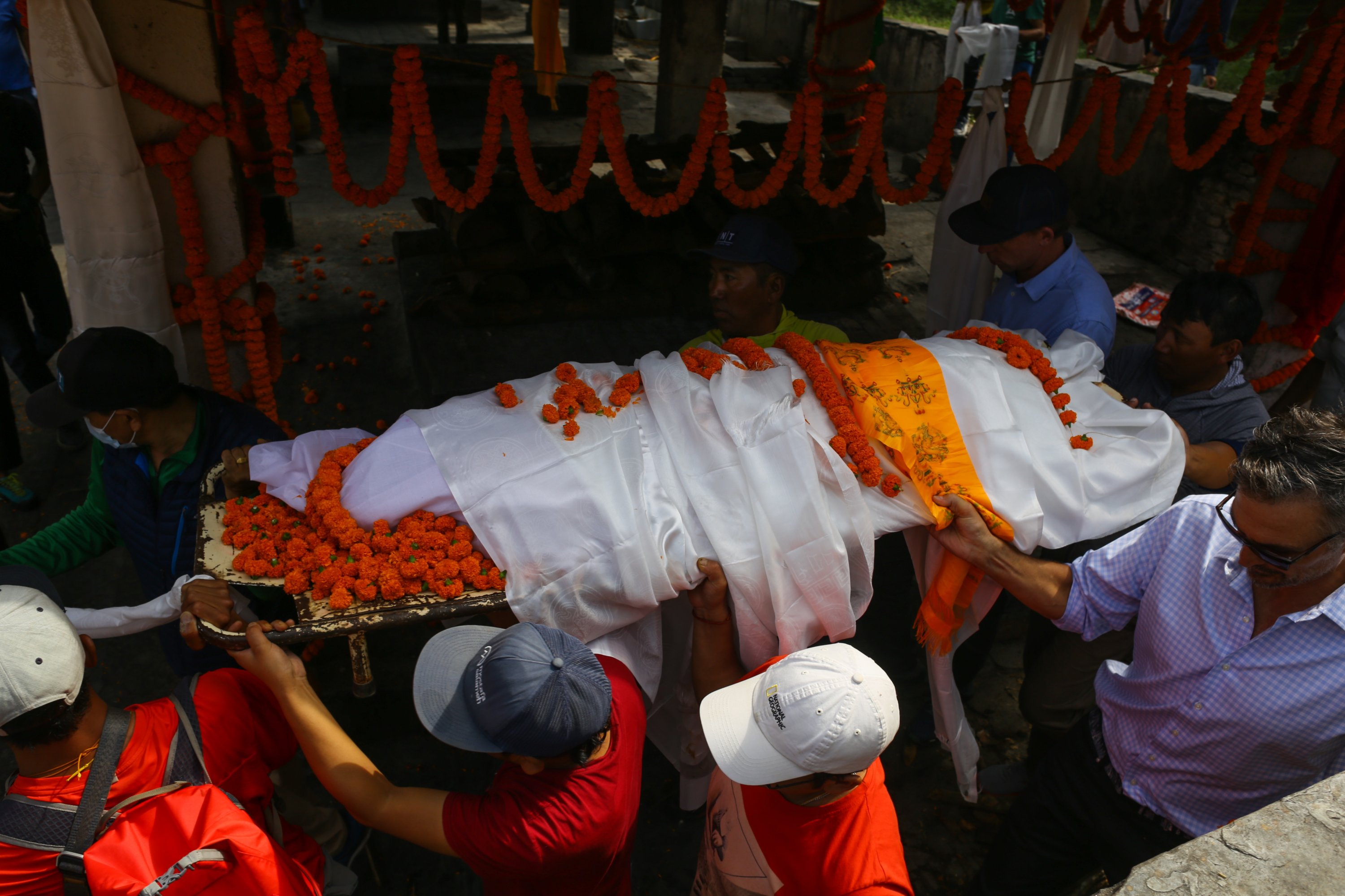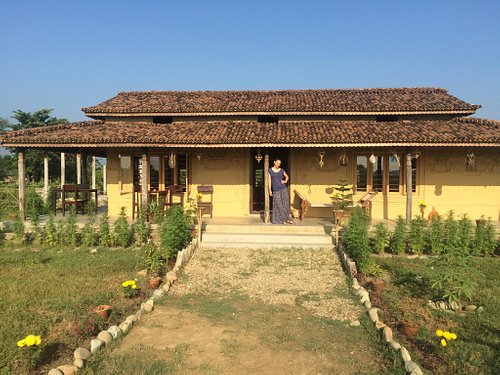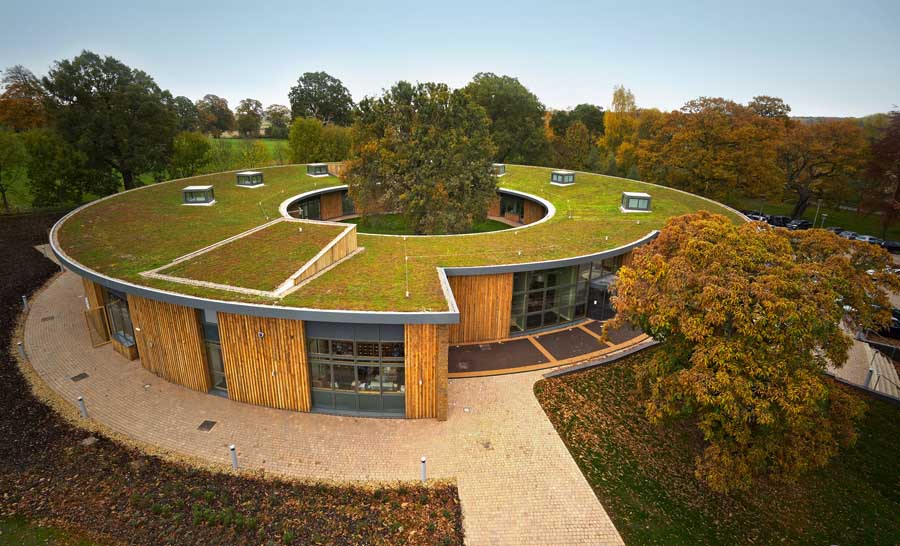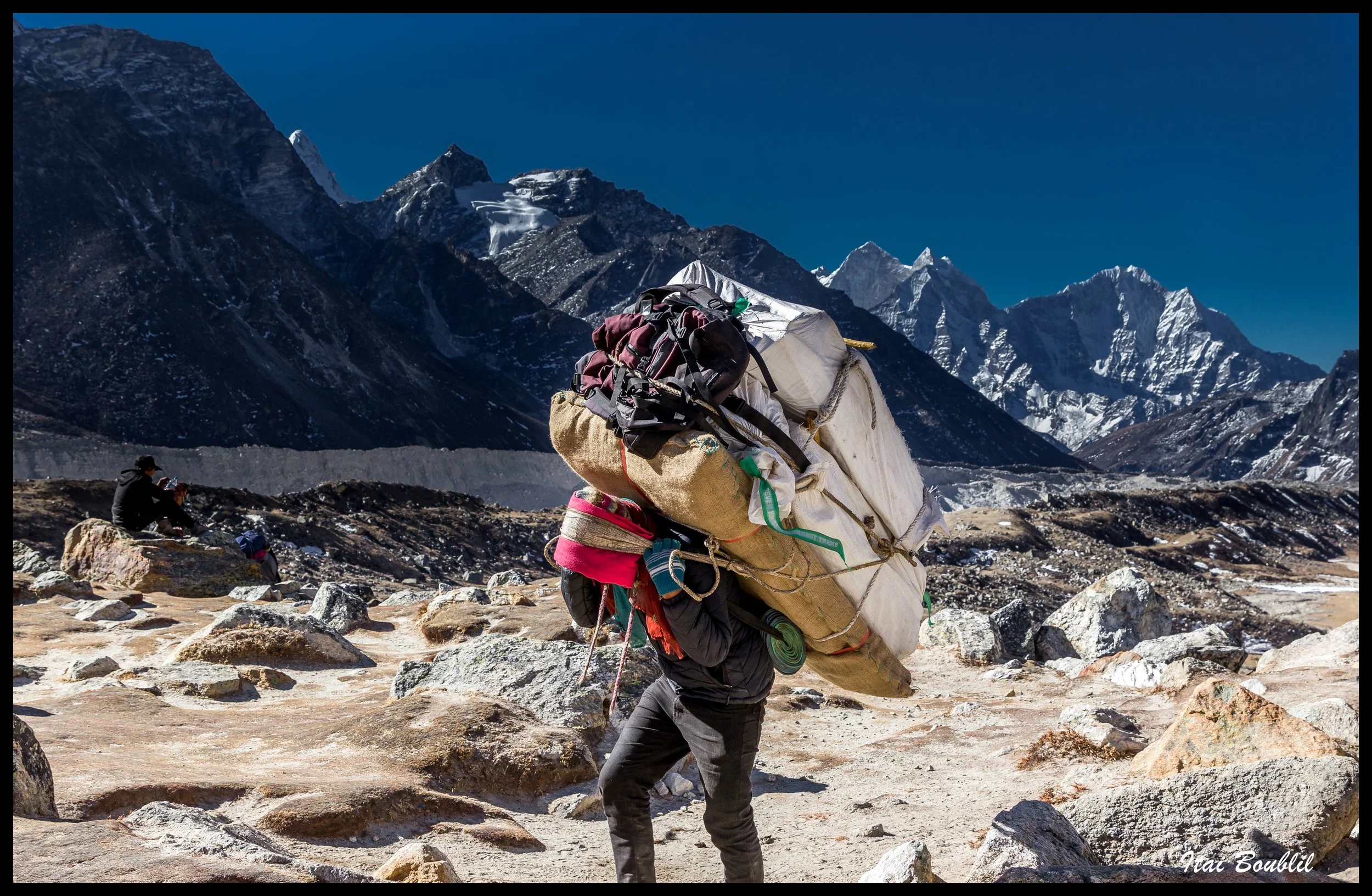Share this Article
Introduction: The Significance of Hot Springs in Nepal
Nepal, a country known for its dramatic Himalayan landscapes and rich cultural heritage, is also home to numerous geothermal features, including hot springs. These natural thermal springs, formed due to geothermal activity beneath the Earth’s crust, are scattered across the country, often hidden in remote valleys and highland regions. Among these, the hot springs in the Rasuwa and Dolakha districts are of particular interest due to their cultural, medicinal, and ecological significance. Though lesser-known compared to popular tourist attractions like Tansen or Tatopani, these hidden hot springs serve as vital resources for local communities, offering both therapeutic benefits and spiritual connections.
Hot springs are formed when groundwater percolates deep into the Earth's crust, becomes heated by geothermal energy, and emerges on the surface. The chemical composition of these waters varies depending on the geology of the surrounding region, often containing minerals such as sulfur, calcium, and magnesium, which are believed to provide health benefits. In Nepal, these springs are frequently associated with local myths, deities, and ritual practices, highlighting a close intertwining of natural phenomena with cultural traditions.
Geographical Context of Rasuwa and Dolakha
Rasuwa and Dolakha are districts located in the central and eastern hilly regions of Nepal, respectively. Rasuwa lies along the northern part of Bagmati Province, bordering Tibet to the north, and features rugged terrain with deep valleys, high ridges, and alpine forests. The district is traversed by the Trishuli River, which creates unique microclimates conducive to geothermal activity. Dolakha, located in Province No. 3, is renowned for its high mountains, including portions of the Rolwaling and Jugal Himal ranges, and deep river valleys. Its complex geological formations, combined with active tectonics and fault lines, provide ideal conditions for the formation of natural hot springs.
The Himalayan orogeny, which created Nepal’s high mountains, is characterized by ongoing tectonic activity. Friction along fault lines allows water to seep deep into the Earth’s crust, where it is heated and forced back to the surface. Consequently, hot springs in Rasuwa and Dolakha are often located in geologically active zones, near fault lines or areas of mineral-rich bedrock. These geographic factors not only determine the distribution of hot springs but also influence their chemical composition and temperature.
Hydrogeology and Formation of Hot Springs
Hot springs in these districts arise from a combination of hydrogeological and geothermal processes. Rainwater and meltwater from snow percolate through permeable rocks and soil layers until they reach zones of high geothermal heat. The water is gradually heated and becomes enriched with dissolved minerals from the surrounding rocks. As pressure builds, the water eventually surfaces as hot springs. Temperatures can range from mildly warm to scalding hot, depending on the depth and geothermal intensity.
The chemical properties of these springs are significant for both scientific study and local use. Sulfur-rich springs are particularly common in Rasuwa, while Dolakha often features calcium and magnesium-enriched waters. These minerals are believed to provide therapeutic effects, such as improving skin conditions, alleviating joint pain, and aiding digestion. From a hydrogeological perspective, analyzing these mineral compositions helps researchers understand underground rock formations, geothermal gradients, and the dynamics of water-rock interactions in high-altitude Himalayan environments.
Cultural and Spiritual Significance
For centuries, local communities have revered hot springs in Rasuwa and Dolakha as sacred sites. These springs are often associated with local deities, spirits, and healing rituals. In Rasuwa, some springs are considered manifestations of the goddess Bhagwati, while in Dolakha, certain hot water sources are linked to ancestors and protective spirits. Devotees perform ritual bathing, offerings, and prayers in these waters, believing that immersion brings purification, healing, and spiritual blessings.
The spiritual connection extends to traditional medicine as well. Indigenous healers and shamans, known as dhami-jhankri in the region, often recommend hot spring water for treating ailments ranging from rheumatism to skin diseases. The combination of mineral-rich water and ritualistic practice demonstrates a fusion of physical and spiritual healing, highlighting the holistic role of hot springs in Himalayan culture. Furthermore, festivals and seasonal gatherings around hot springs reinforce communal bonds and the transmission of indigenous knowledge across generations.
Biodiversity Around Hot Springs
Although often small and localized, hot spring ecosystems in Rasuwa and Dolakha support unique biodiversity. The warm microclimate around the springs creates a habitat for thermophilic microorganisms, including bacteria and algae that thrive in mineral-rich waters. These organisms are of interest to biologists studying extremophiles and their potential applications in biotechnology.
The surrounding forests, composed of subtropical and temperate vegetation, host a variety of flora and fauna. Broadleaf trees such as oak, rhododendron, and maple are common, along with medicinal shrubs and herbs used in local traditional practices. Wildlife including Himalayan birds, small mammals, and amphibians are often observed near these springs, taking advantage of the relatively warm environment and water availability during cold seasons. As such, hot springs act as microhabitats that enhance local biodiversity and ecological complexity in otherwise rugged terrains.
Medicinal and Therapeutic Uses
Local communities attribute numerous therapeutic benefits to the hot springs of Rasuwa and Dolakha. Sulfur-rich waters are believed to cleanse the skin, relieve joint and muscle pain, and improve overall vitality. Calcium and magnesium-enriched springs are used to aid digestion and strengthen bones. These therapeutic practices are not only embedded in cultural tradition but also attract visitors seeking natural remedies.
Scientific studies of Himalayan hot springs indicate that these mineral-rich waters can support dermatological health, reduce inflammation, and provide mild relaxation benefits. While research is still limited, the alignment between traditional beliefs and preliminary scientific observations underscores the potential for further studies into the medicinal properties of these springs. In addition, the thermal nature of these springs can promote blood circulation, enhance metabolism, and provide mental relaxation, contributing to holistic wellness.
Accessibility and Tourism Potential
Despite their ecological and cultural significance, many hot springs in Rasuwa and Dolakha remain largely undiscovered by mainstream tourism. Most are located in remote valleys or along trekking routes, requiring local guides or community knowledge for access. Springs near Rasuwa can often be reached from the Langtang region or along trails connecting Tamang villages, while Dolakha springs are scattered around mountainous ridges and river valleys, sometimes near historical sites or temples.
The hidden nature of these springs presents both challenges and opportunities for tourism development. On one hand, remoteness protects these ecosystems from overexploitation, maintaining their ecological and spiritual integrity. On the other hand, limited infrastructure and accessibility restrict their potential for ecotourism, health tourism, and cultural education. Proper planning could create sustainable tourism that respects local traditions, minimizes environmental impact, and provides economic benefits to surrounding communities.
Conservation Challenges
Despite their remote locations, hot springs face several conservation challenges. Population pressures, land-use change, and unregulated tourism threaten the ecological balance and cultural sanctity of these sites. Littering, improper bathing practices, and infrastructural development near springs can degrade water quality and disturb surrounding habitats. Climate change further exacerbates these threats by altering rainfall patterns, affecting groundwater recharge, and potentially reducing the flow and temperature of the springs.
Traditional community stewardship has historically been effective in protecting these sites. However, modernization, migration, and weakening of local governance structures have reduced the effectiveness of customary regulations. Without formal recognition and support from governmental and non-governmental organizations, the long-term preservation of these springs remains uncertain.
Integrating Traditional Knowledge with Scientific Research
Protecting the hidden hot springs of Rasuwa and Dolakha requires a combination of traditional wisdom and modern scientific approaches. Local communities hold extensive knowledge about the location, seasonal behavior, and cultural significance of each spring. Documenting this information alongside scientific studies on hydrogeology, mineral content, and biodiversity can provide a comprehensive understanding of these systems. Such integration can inform sustainable tourism planning, conservation policies, and public education programs.
Community-based conservation initiatives, supported by research institutions and local governments, can help maintain the ecological, cultural, and therapeutic value of these springs. Education programs that raise awareness about responsible use, pollution prevention, and heritage preservation are critical for sustaining these natural resources for future generations.
Potential for Scientific Exploration
Hot springs are of interest to multiple scientific disciplines, including geology, biology, chemistry, and ethnobotany. Geologists study the geothermal processes that produce these springs, contributing to the understanding of tectonic activity in the Himalayan region. Biologists investigate thermophilic organisms and endemic species that inhabit these unique microhabitats. Chemists analyze water composition for potential health benefits, while ethnobotanists document the medicinal plants used by local communities in conjunction with hot spring water.
Furthermore, hot springs may serve as natural laboratories for climate change research. Their sensitivity to hydrological and geothermal changes provides early indicators of environmental shifts. Studying these springs could also offer insights into sustainable water management practices, ecosystem resilience, and the preservation of indigenous knowledge systems.
Role in Community Livelihoods
For local communities, hot springs serve as both cultural anchors and potential economic resources. Medicinal bathing, spiritual rituals, and seasonal festivals attract pilgrims and visitors, generating opportunities for small-scale businesses, homestays, and guide services. Sustainable tourism development can provide an alternative livelihood, reducing dependence on environmentally destructive practices like deforestation or overgrazing.
Empowering local communities to manage tourism, maintain infrastructure, and educate visitors ensures that economic benefits are aligned with conservation goals. When communities are directly involved, stewardship becomes both a cultural responsibility and an economic incentive, promoting long-term sustainability.
Conclusion: Preserving Hidden Himalayan Treasures
The hidden hot springs of Rasuwa and Dolakha are remarkable intersections of geology, ecology, culture, and health. They exemplify how natural phenomena, human belief systems, and biodiversity can coexist in delicate harmony. These springs are not only valuable for their mineral-rich therapeutic waters but also as habitats for unique organisms, centers of cultural and spiritual practice, and potential sites for sustainable tourism and scientific research.
Preserving these springs requires a multifaceted approach: recognizing their cultural significance, protecting the surrounding ecosystems, supporting community-based stewardship, and conducting rigorous scientific studies. By combining traditional knowledge with modern conservation methods, it is possible to safeguard these hidden Himalayan treasures for future generations. The hidden hot springs of Rasuwa and Dolakha remind us that even in the remote corners of the mountains, nature continues to offer both mystery and life-sustaining resources, waiting to be understood, respected, and preserved.
Categories:
Travel & Tourism
Tags:
HiddenHotSprings
,
RasuwaNepal
,
ForestEcosystems







